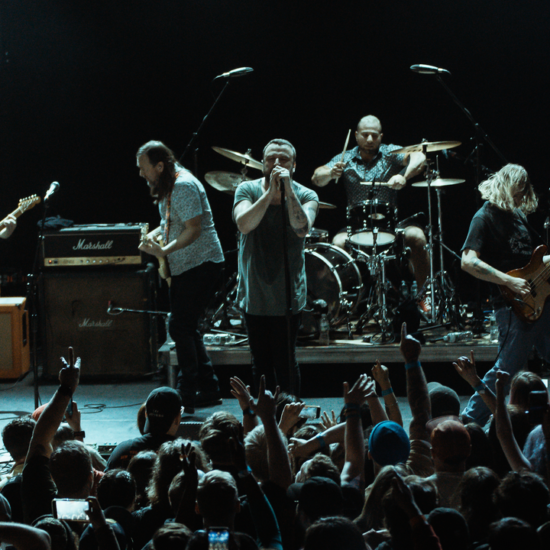
Immersive storytelling is something that has fascinated me since we first brought the Gallery of Immersive experiences to Raindance back in 2016. I have always argued that storytelling is storytelling. But I, like many of my filmmaking friends, have been wandering and wondering how to explain the basics of immersive storytelling.
Salvation is at hand. Storyteller and immersive experience designer Margaret Kerrison’s first book is a crash course in writing. And more specifically, in learning how immersive storytelling works.
Margaret fell into immersive storytelling quite by accident. She was a film student at USC. There she was encouraged to seek storytelling work outside of the traditional film and television industry. Which, by the way, si something we encourage our film and screenwriting students to do at Raindance Film School.
Two things strike me as particularly interesting in this book,
The first is how Kerrison weaves traditional storytelling techniques into immersive storytelling.
For example, the first hundred or so pages deal with the sorts of theory and techniques that she has ‘borrowed’ from traditional screenwriting books. She starts with creating a great opening scene, to introducing the characters. And interestingly, given the nature of immersive storytelling, asks the big question: “What does your audience feel?”
Getting to the emotion of a scene or story is something I have been preaching for decades here at Raindance. People forget pictures. People remember emotions.
Kerrison also delves deeply into the creative process, with some excellent hands-on advice. One useful piece of advice is how she describes, and very simply, the difference between designing a story for the real world as opposed to an imagined world. In a real world story, you start with details and move to the ‘Big idea’. And the imagined world is exactly the reverse. You start with a Big Idea and move to the details.
The second piece of enlightenment comes from the second half of the book. Here she describes step by step her process of analysing her story, and deciding how the audience will fit into the story. or better yet, how an audience will react to your story. These tips are highly relevant to immersive storytelling. They are also, in my opinion, vital to traditional storytellers, be it novel, screenplay or immersive.
There are two other elements to this book that made it a stand-out for me.
The last fifty or so pages is a primer in how to break into the film industry. Writers write, she says. And really and truly it is a simple as that. Her chapter on story pitching is simply sublime, for example.
And, this book is richly illustrated with real-life examples from her own vast experience. Not only does she describe the creation, but analysed what the key learnings were in each example. The list of test cases is in itself worth the price of the book many times over.
Lastly, Margaret Kerrison starts her first chapter by declaring that ‘this is not a textbook.’ Rather, she argues, this is a series of questions that the author has learned to ask through her own journey. And as you read of her journey we discover that her’s was a series of hard knocks.
This new book is the latest addition to the incredible list of titles at Michael Wiese Productions. And an extremely worthy addition at that. This is published on September 14, 2022.
Highly recommended.
















